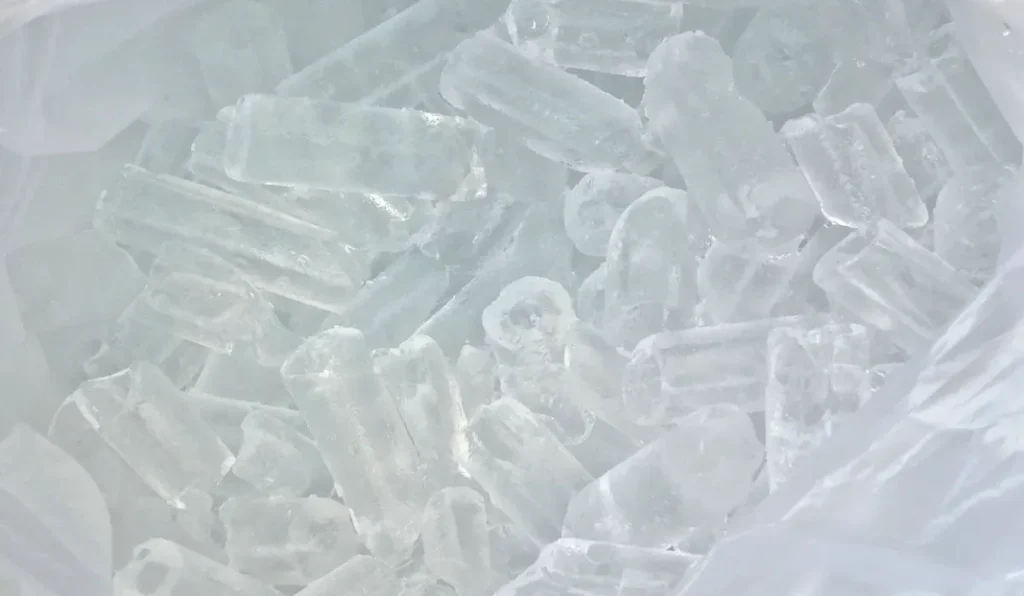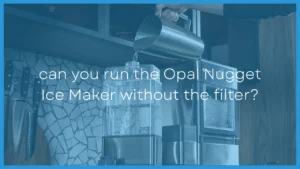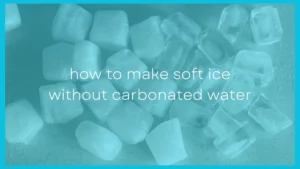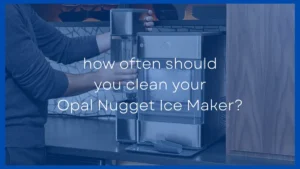Making water turn to ice instantly seems like something out of science fiction, but with some know-how, it’s possible to do this yourself.
There’s a little bit of science to learn how to turn water into ice instantly, and even then, there’s no way to take some water and zap into ice in a millisecond – our technology isn’t quite there yet.
There are several methods you can use to turn water into ice instantly. You can put purified water in the freezer for 1.5-2 hours and then either pour it on ice or bang it to instantly freeze. Pouring cold water over dry ice and liquid nitrogen will cause it to freeze instantly.
There are some nuances to these various methods to understand because small mistakes and lack of attention to detail can cause most of these methods to fail (and in the case of liquid nitrogen – be very dangerous).
Make Instant Soft Ice In a Water Bottle
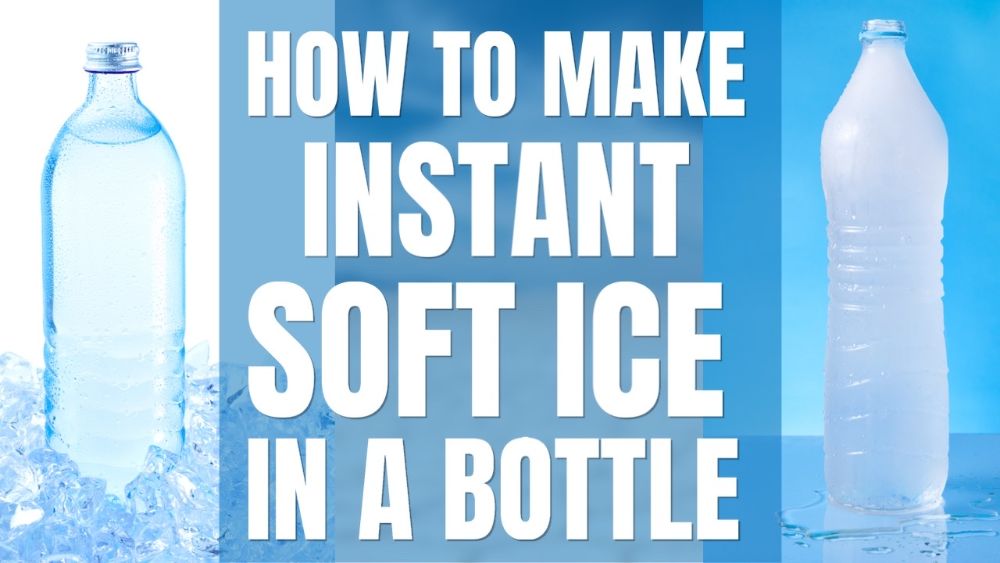
This is the method that gives you the illusion of Mr. Freeze and is a great thing to learn for a science project or just a fun trick.
This whole idea revolves around using unopened pure water because of a concept known as nucleation sites.
When any water reaches the correct temperature of 0oC (32oF) it will freeze. However, it also needs something to kick start that process.
In nature, water constantly mingles with other substances which makes it much simpler to freeze, but if that water is in an artificially pristine environment then you get the phenomenon known as “supercooler water.”
This is water that is below its freezing temperature but hasn't yet been exposed to a nucleation site to begin the freezing process. This water is primed and ready to freeze instantly if you provide it with this nucleation site.
Below is a video explaining how to create instant ice using this method:
So, to create this supercooled soft ice you need to take the following steps:
- Place unopened bottles of purifier inside your freezer – put them on their sides for best results. Also, ensure they aren’t touching each other as this can affect how quickly the temperature drops.
- Close the freezer and wait an hour and a half (90 minutes).
- When the time has elapsed, check the bottles to see if they’re supercooled but not frozen – you can compare this by putting in a bottle of tap water. If the tap water freezes but the pure water remains liquid then it’s good to go.
- Pouring it over some ice cubes or thumping it on a table should cause all the liquid in the bottle to freeze on contact.
You'll likely need to check the bottles every 5-10 minutes to ensure they don't freeze. Timing is everything with this technique.
This article takes a more in-depth look at this method and explains more of the science and intricacies around it.
Supercool With Salt
There’s also a second method that involves super cooling with salt. This method works faster than the above but also needs a little more care and attention.
This works because salt lowers the temperature of ice, and when this cold ice is touching a water bottle it freezes it much faster than the air in the freezer does. This allows you to supercool a water bottle much faster than using your freezer.
The steps for this method are as follows:
- Pour around 2 tablespoons of purified water into a clean glass.
- Get a bowl and some ice and surround the glass of water with the ice – for this method to work properly the ice needs to be above the water.
- Sprinkle a couple of tablespoons of salt onto the ice – but take care not to get any into the water (this step is important because salt interacts with the freezing point of ice).
- It can take around 15 – 30 minutes for the pure water in the glass to cool below freezing temperature.
- You can also use a thermometer to check the temperature, when it’s below freezing then you’ve successfully supercooled the water.
- You can make this water instantly freeze by pouring it over an ice cube or by dropping an ice cube into the glass.
Use Liquid Nitrogen To Freeze Water Instantly
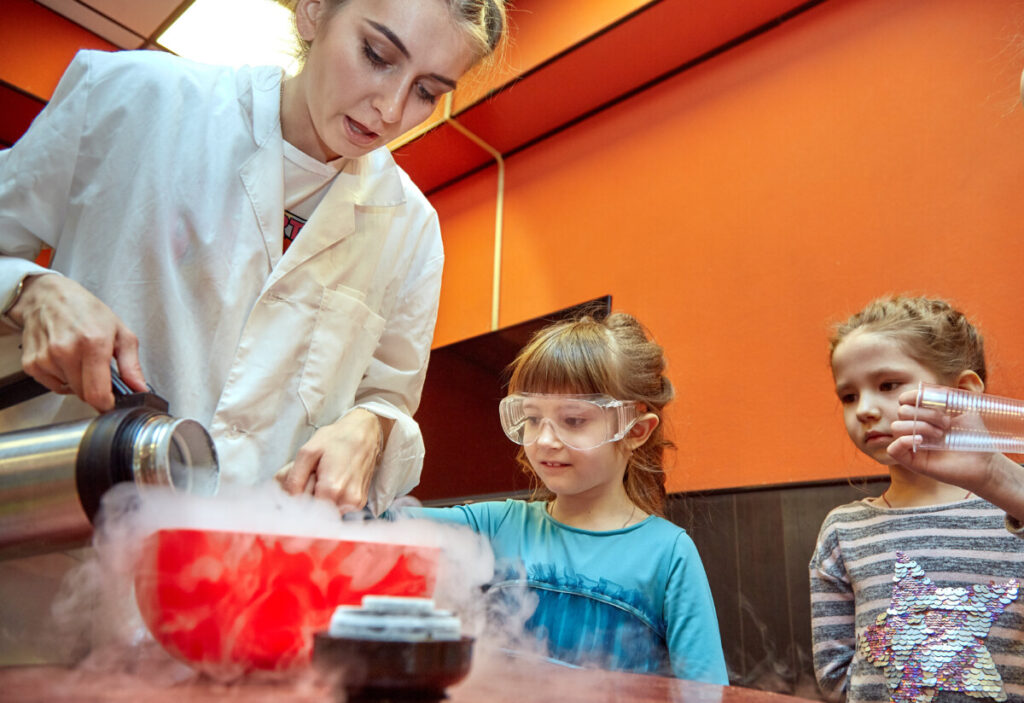
Liquid nitrogen is an incredibly cold liquid that can freeze almost anything on contact and water is no exception here. Nitrogen is normally a gas but can be compressed and cooler into a liquid.
Liquid nitrogen is a chilly -320ºF (-196ºC) and can be used to instantly freeze regular water into ice.
If you were to straight up pour the water into a container full of liquid nitrogen then the water would most likely freeze on contact due to temperature difference.
You can also create ice cubes by dropping in bags or bottles of water into the liquid nitrogen. It'll freeze almost instantly.
Or you can pour liquid nitrogen over water or bags or bottles of water to freeze them instantly.
Just be aware that the container the water is in will become extremely brittle and easy to break due to the extremely low temperatures. So be careful with it.
You don’t even need a freezer to make ice this way, but it’s important to note that liquid nitrogen is very dangerous – it has the potential to cause cold burns and is lethal/can cause serious internal damage when ingested.
However, one of the less-known and arguably more important safety concerns is that liquid nitrogen can be flammable (which is why there are strict regulations on how it can be used and stored).
Use Dry Ice To Freeze Water Nearly Instantly

Dry ice is carbon dioxide that’s been made into a solid by reducing its temperature (carbon dioxide doesn’t have a liquid form under normal conditions so it goes from a solid to a gas and vice versa).
Dry ice has a temperature of -109.2ºF (-78.5ºC), which means that it’s going to be far colder than any water that’s around it.
Due to this process, dry ice will very quickly freeze any water that is placed into a container with it (this is also why you shouldn’t put dry ice down the drain as it can cause blockages).
However, if you put too much water in with not enough dry ice you’ll just get fog emitting and very little ice – this is something theaters commonly do to create a misty effect. If this happens to you then you’ll need to increase the amount of dry ice you’re using and decrease the volume of water.
This process is called sublimation (or turning from a gas to a solid without there being a liquid stage).
Summary
These are the methods that you can use to turn water into ice instantly (or almost instantly) all of these methods require some preparation, but they will all work reliably and can be a great way to teach kids about some scientific concepts or just a very cool party trick.

